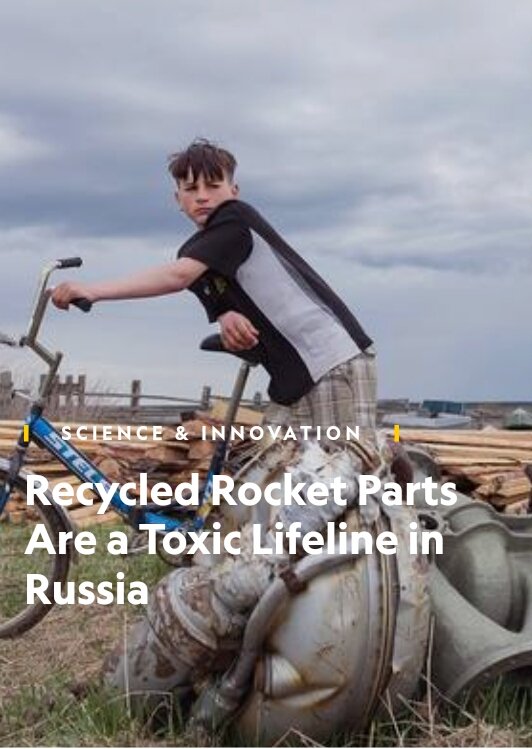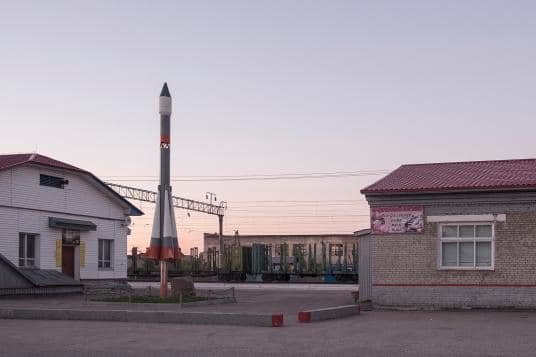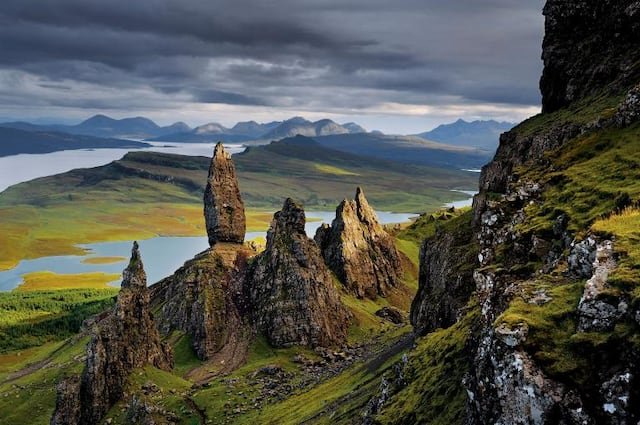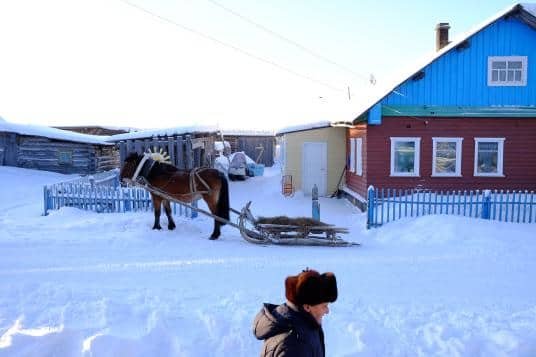Jettisoned space equipment from a previously secret Soviet cosmodrome gets a second life as useful—and possibly polluted—tools.

At the heart of northwestern Russia's Arkhangelsk Oblast lies Plesetsk Cosmodrome, a missile base built during the Cold War that's now one of the world's most active rocket launch facilities.
But as the saying goes, what goes up must come down.
Each rocket launched from Plesetsk jettisons fuel containers and spent boosters, many of which fall back down to earth in the northern Mezensky District, a restricted area more than 200 miles northeast of the base. The area's largest settlement is the town of Mezen, population 3,575.
Life in and around Mezen isn't easy. Each summer, the rivers that crisscross the area flood, overwhelming the local roads and forcing people and their goods to ford multiple rivers.

1/6
A miniature rocket stands guard near the railway station of Plesetsk, a town about 2.5 miles from the cosmodrome of the same name.
PHOTOGRAPH BY RAFFAELE PETRALLA
Local resident Pavel Popov stretches reindeer skins over a sled he built out of salvaged rocket parts.
Although Russia technically forbids the practice, villagers salvage gold components…
Dmitri and Misha, residents of the village of Dolgoshchelye, look out at the… Read More
PHOTOGRAPH BY RAFFAELE PETRALLA
Pavel Popov shows off a rocket component that contains gold.
A fisherman on his rocketa boat makes landfall with his load. He lives in a village…
So after jettisoned rocket parts fall from the skies above Mezen, villagers salvage the wreckage. Bits of fuselage become boats called rocketa and hunting sleds; gold and titanium pried from the wrecks find their way into the black markets of Arkhangelsk, the region's largest city. And fragments of some rockets even stand tall in villagers' gardens, as if the plots had sprouted metallic trees.

By signing up for this email, you are agreeing to news, offers, and information from National Geographic Partners and our partners. Click here to visit our Privacy Policy. Easy unsubscribe links are provided in every email.
“I could not believe it, to see it with my own eyes,” says Italian photographer Rafaelle Petralla, who visited the area in 2017 and 2018 to document the villagers' unusually aeronautic way of life.
An Elaborate—and Possibly Toxic—Secret
The Plesetsk Cosmodrome began as an elaborate Soviet secret. The Western public didn't know about the base until 1966, when students and teachers at a U.K. grammar school deduced its presence. It'd take another 17 years for the Soviet Union to officially acknowledge its existence.
Secrecy still shrouds the area. The northern Mezensky district falls within Russia's “border security zone,” which means that authorized visitors must be approved by Russia's FSB security services. The requirement makes foreigners—let alone foreign photographers—a scarce sight.

1/7
The economy of the village of Sovpolie rests on selling horses. The area's breed is known for its tolerance of cold and strength in carrying loads.
PHOTOGRAPH BY RAFFAELE PETRALLA
In the village of Byechye, a bride prepares for her wedding at her parents' house.
A relative of the bride smokes a cigarette on his way to the wedding's official celebration.
PHOTOGRAPH BY RAFAELLE PETRALLA
Arina Shirokaya, 23, has finished her studies at Arkhangelsk, the area's largest city… Read More
PHOTOGRAPH BY RAFFAELE PETRALLA
A young couple from Byechye crosses the Mezen River aboard a rocketa boat.
PHOTOGRAPH BY RAFFAELE PETRALLA
Some 150 people live in the village of Sovpolie. In the winter, most people move via horse-drawn carriages or sledges made from rocket parts.